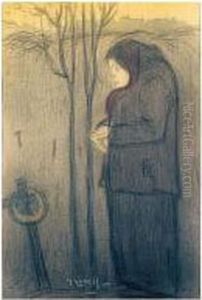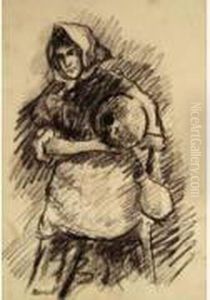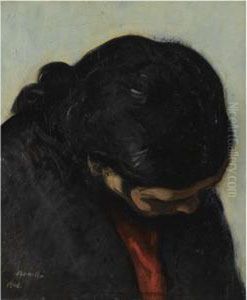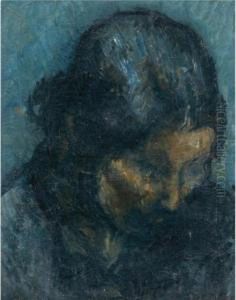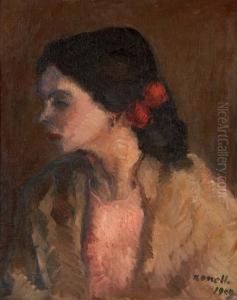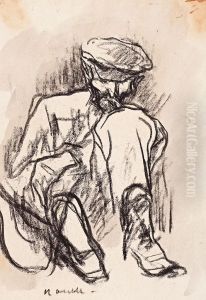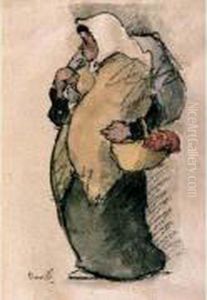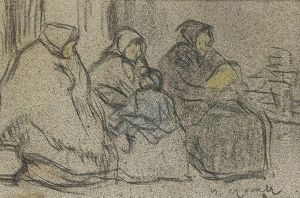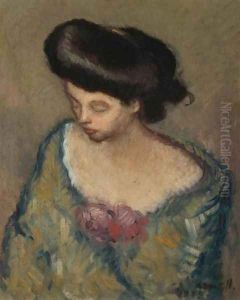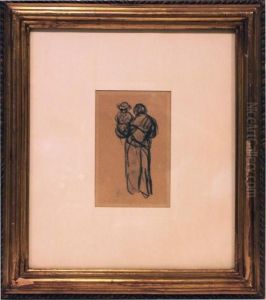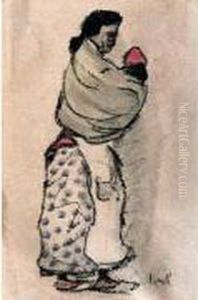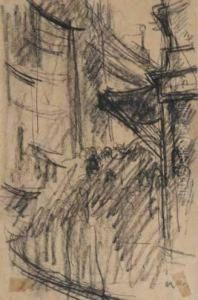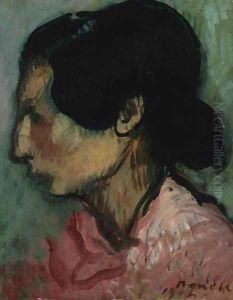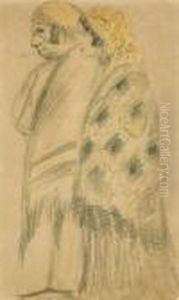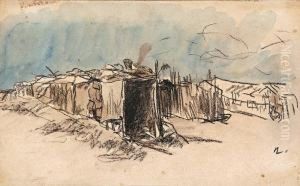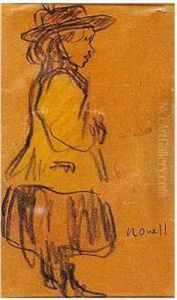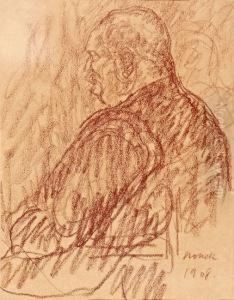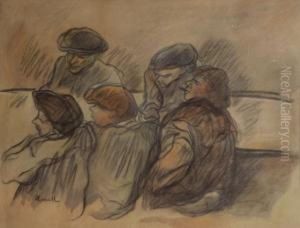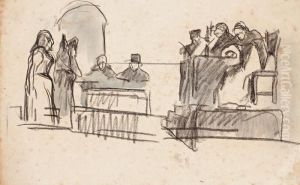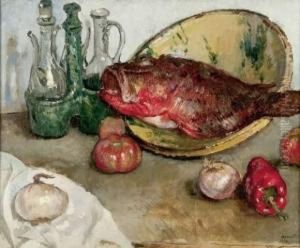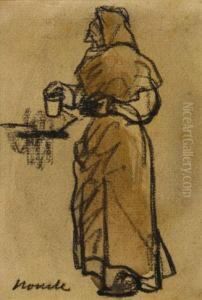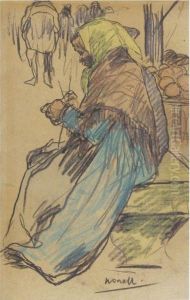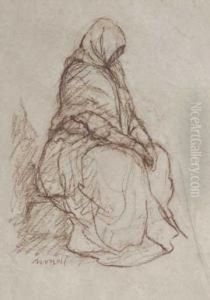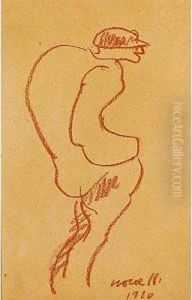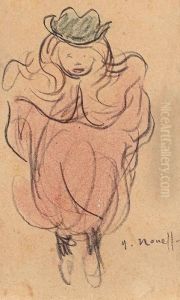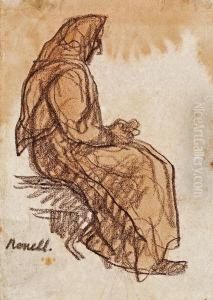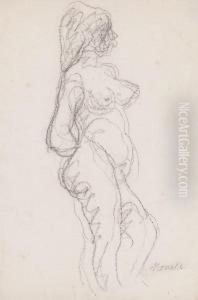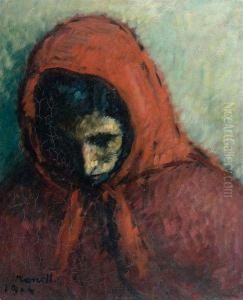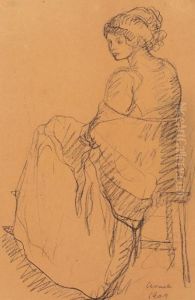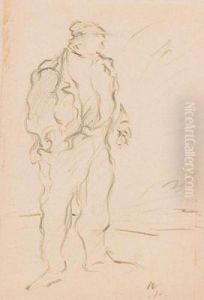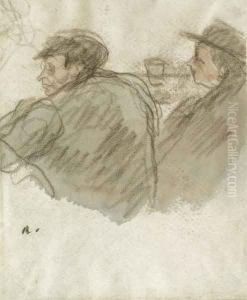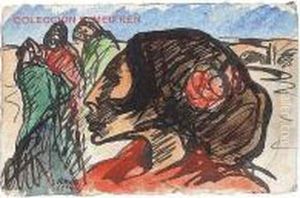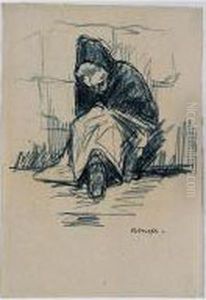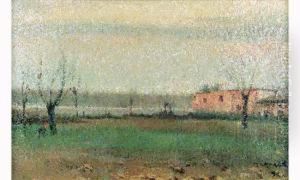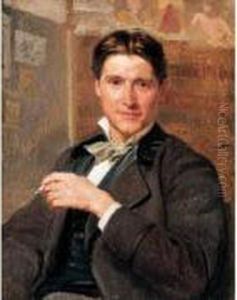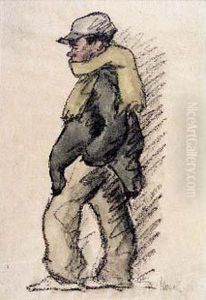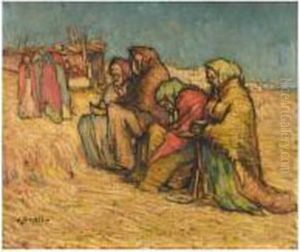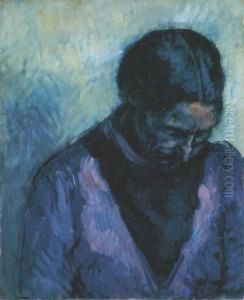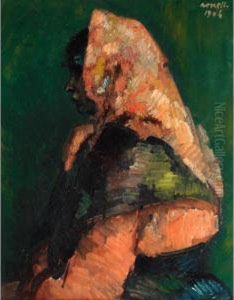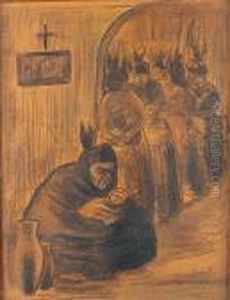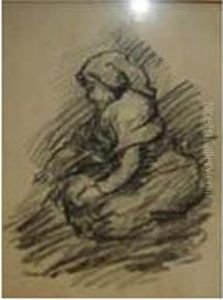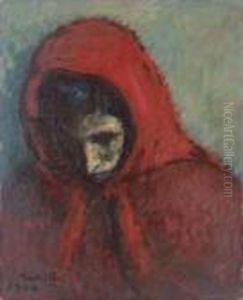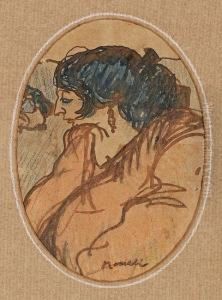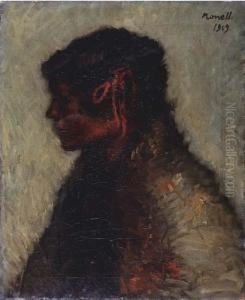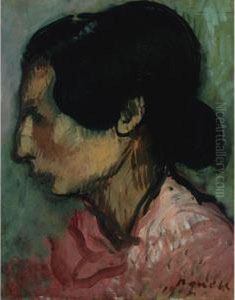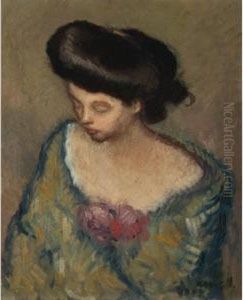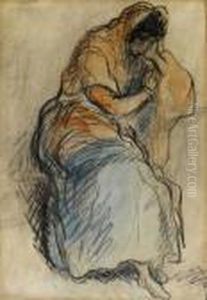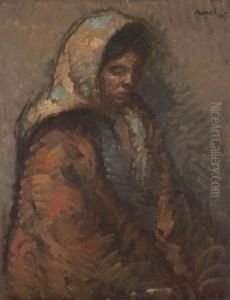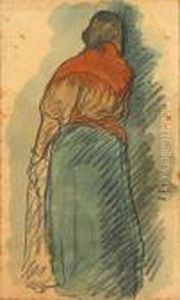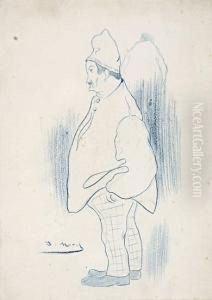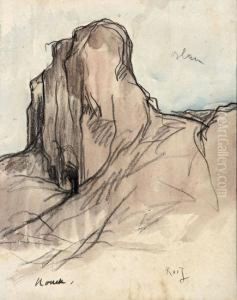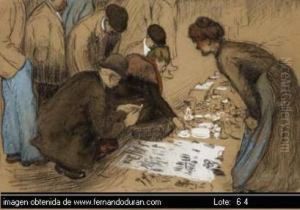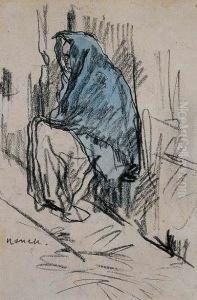Isidro Nonell Paintings
Isidro Nonell i Monturiol was a Spanish artist, primarily known for his influential role in Catalan art at the turn of the 20th century. He was born on November 30, 1872, in Barcelona, Spain, and is often associated with the modernisme movement, which is the Catalan version of Art Nouveau. Nonell's early works were influenced by the likes of Gustave Courbet and Édouard Manet, as well as by his studies at the School of Fine Arts in Barcelona and the workshop of Lluís Graner.
Nonell's work took a distinctive turn after he spent time in Paris in 1897, where he was exposed to the trends of French Impressionism and post-Impressionism. Upon his return to Spain, he began to develop a more personal style characterized by a more somber palette and a compassionate portrayal of marginalized individuals, particularly women and gypsies. His mature style is noted for its intense brushwork and stark use of light and shadow, which often evoked the hardship and resilience of his subjects.
His most famous works are perhaps the series of portraits of gypsy women, which are considered precursors to Expressionism due to their raw intensity and emotional depth. Despite his progressive artistic vision, Nonell struggled to gain widespread acceptance during his lifetime, and his work was often met with harsh criticism, which contributed to his financial difficulties.
Tragically, Nonell's career was cut short when he died on February 21, 1911, at the age of 38, from a typhoid fever. His death occurred just as his work was beginning to receive recognition, particularly from avant-garde circles. Today, Isidro Nonell is celebrated as a pioneer of modern art in Spain, and his paintings are held in high esteem, with works displayed in major museums including the Museu Nacional d'Art de Catalunya in Barcelona.
